I chose the handle ArtInsider as a play. I am most definitely an outsider but looking to translate the art world for every other person on the outside who may be interested in learning more.
Her stressful high stakes job, led Shivani Sambhare to seek recluse in art, leading to the birth of the ArtInsider.
Featured image: Portrait courtesy Shivani Sambhare

Bringing the outside in at the Louisiana Museum.
How did your tryst with art begin?
Art has always been a part of my upbringing. My mother and her parents were a big part of the Marathi art and theatre circuit, with artists and writers constantly in and out of their home. Growing up, a regular Saturday would involve going to the Jehangir Art Gallery with my mother, taking in the new shows. Art was always a conversation at home, but I never really thought of it as a career.
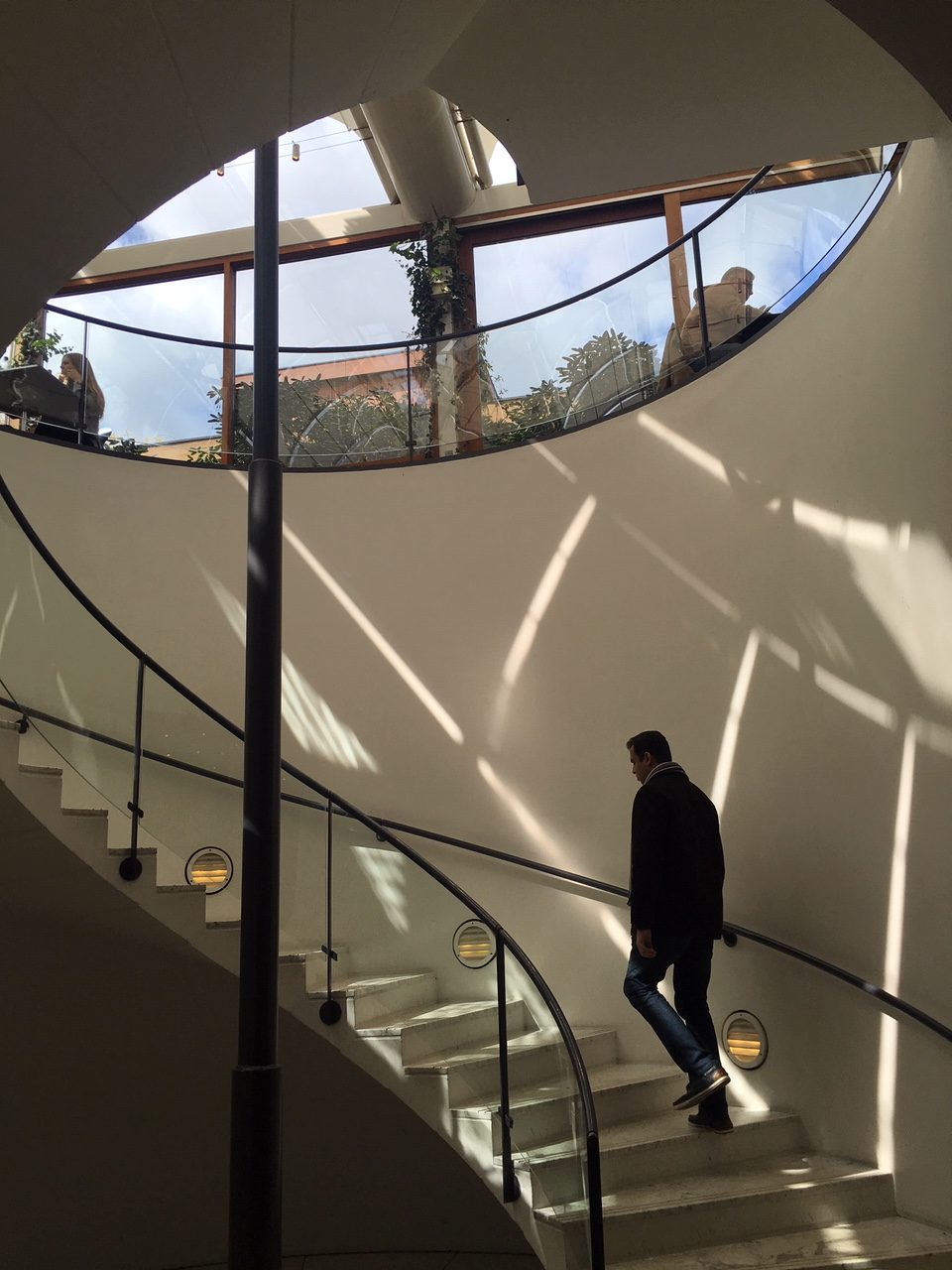
The architectural brilliance of the Louisiana museum.
How do you describe yourself in the context of challenging people’s perspectives via art advocacy?
Around 2014-15, I’d been working as a Senior content creator with a leading broadcast network for close to a decade. I found myself starting to question the high stress, high stakes environment. I would spend time at galleries and museums to get away from it all and get some headspace. My husband who is an architect, and I started to regularly attend Art Night Thursdays and eventually we were joined by many of our friends. Their surprise and delight in discovering that art was so accessible made me question why engaging with art wasn’t something that more people really thought about. These were interested, curious and enthusiastic people. They had a drive to experience something new, yet visiting a gallery or museum was completely off their radar.

Atul Dodiya’s 7000 Museums set against the heritage backdrop of the Bhau Daji Lad Museum.
Shortly after, I completed the Modern and Contemporary Art & Curatorial studies course at the Bhau Daji Lad Museum which allowed me to engage with several important voices from the art world. For my final thesis, I chose to focus on how museums and galleries should move to the digital space as a way of bringing in new audiences. At the time, practically no one was using social media to talk about their events or exhibitions (ironic in today’s context). While for me, coming from my experience of creating content, it seemed like the logical next move.
On finding herself in the art world:
The first step to finding myself in the art world was seeing as much as I could. I travelled across India and outside extensively, seeking out experiences in the art and design space. The Kochi Biennale became a recurring visit. I spent time in Europe attending gallery weekends in different cities and planned my travels specifically around art fairs.
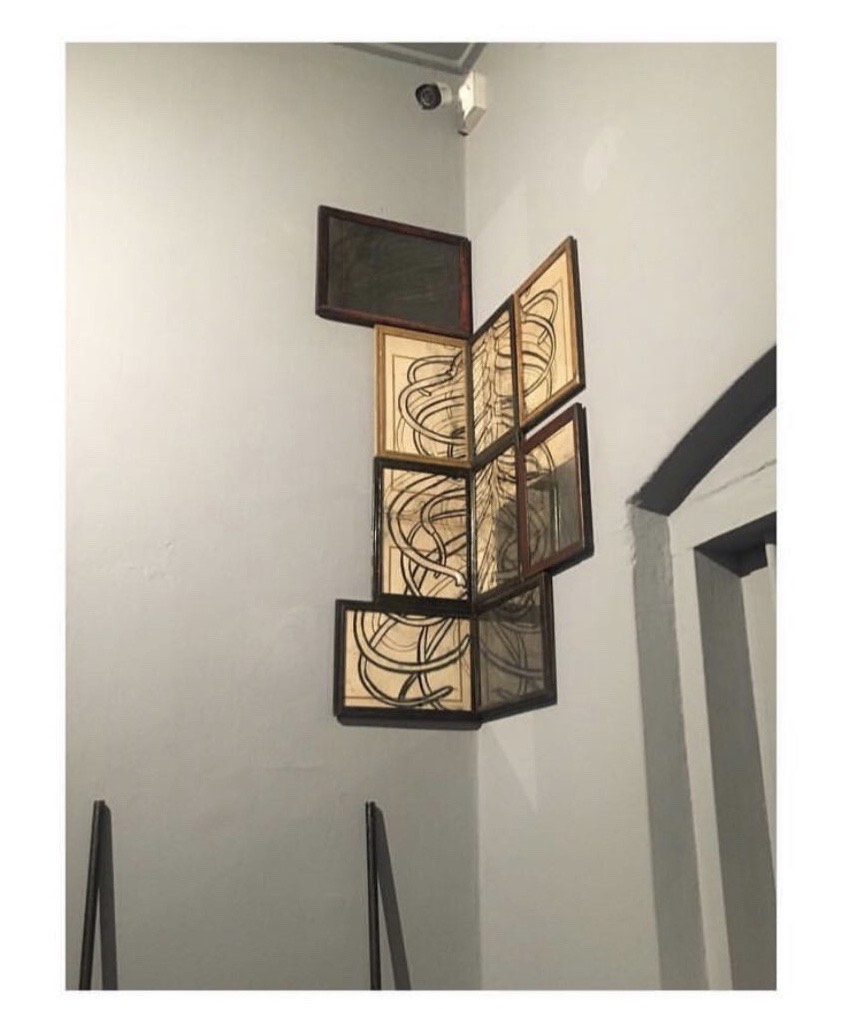
One of the first posts by Shivani for ArtInsider on the art of display, Sunil Padwal’s Room for Lies at the Kochi Biennale. 2016.
I decided to record my experiences on Instagram primarily to tell people that the art world was exciting, inspiring and in fact accessible. The handle ArtInsider was chosen by me as a play. I am most definitely an outsider but looking to translate the art world for every other person on the outside who may be interested in learning more.
– Shivani Sambhare
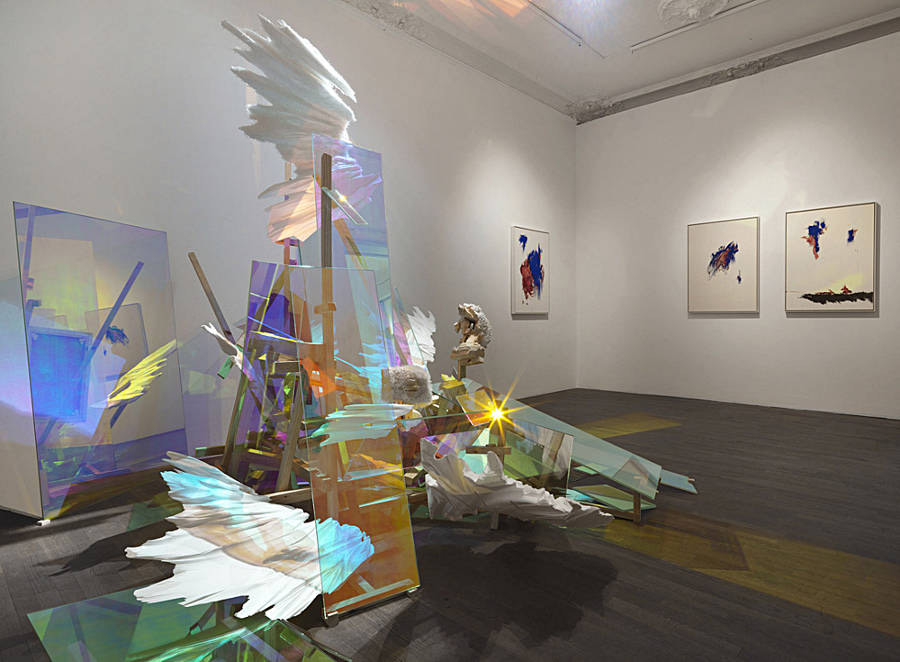
South African artist Wim Botha’s show at the Berlin Gallery Weekend. 2017.
Today, ArtInsider lies between art advocacy and art education – building interest in art and educating those who are interested. The page takes off from my own journey navigating the art world as an outsider. What are the things that speak to me? Who are the people I would approach to understand this space more? The idea I operate with is that, if you ask thought leaders even the simplest questions, you will get the most relevant answers.
The page however is a springboard for a larger space that will bring advocacy and education together, that is currently work in progress and I’m excited to talk about it soon.
– Shivani Sambhare
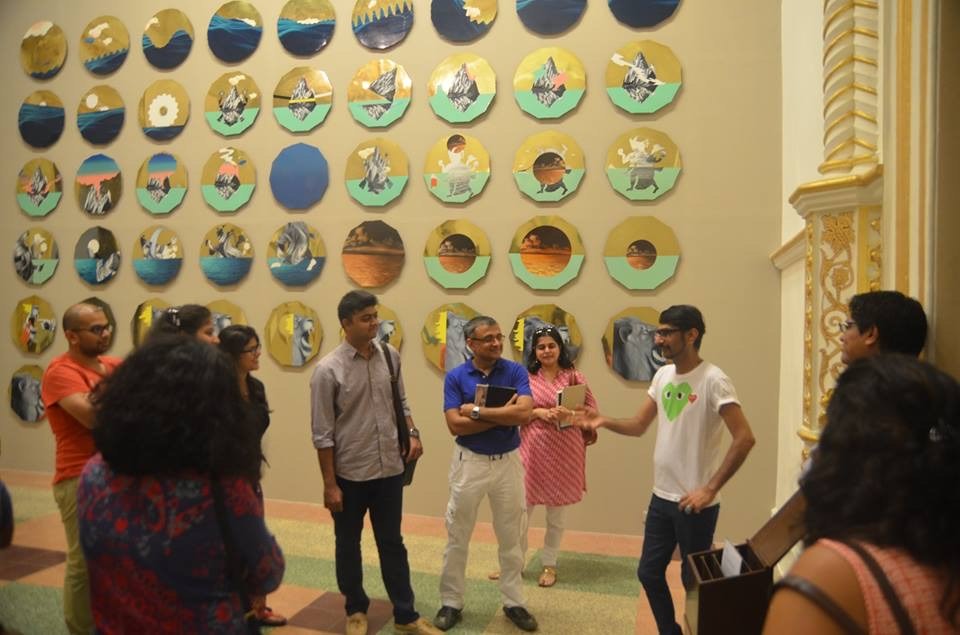
Opening of Thukral and Tagra’s show ‘Games People Play’ at the Bhau Daji Lad Museum.
What are you looking for while viewing art? Which shows, performances and experiences have shaped your own creative process? Who are your maestros?
My first question when viewing a show, or writing is how do I make this important for someone for whom art isn’t important? This comes from my broadcast experience of creating content for the population at large. The assumption being that the viewer is always too busy to actually pay attention. Therefore how can I contextualise something so that it might become relevant to them? The idea is to encourage people to put their foot in the door in any way that speaks to them. Once they do that, what they take away from it is their own personal experience.
On approach:
I tend to be inspired by the way museums communicate with their audiences. A museum is meant to be a democratic space and therefore the need to speak in a language that relates to the larger spectrum. Right from the way museums are designed, to the storytelling via the display is something I look at very closely.

The pods at the Jewish Museum in Berlin allow visitors to experience the museum at their own pace, in privacy.
I’m inspired by the way the Jewish museum in Berlin is able to communicate the story of a specific group of people so poignantly and yet create an environment that feels inclusive for everyone.
– Shivani Sambhare
There are spaces that encourage you to engage with the display and spaces for reflection. Closer home, the way the Bhau Daji Lad Museum has managed to bring contemporary art to the people, is admirable.
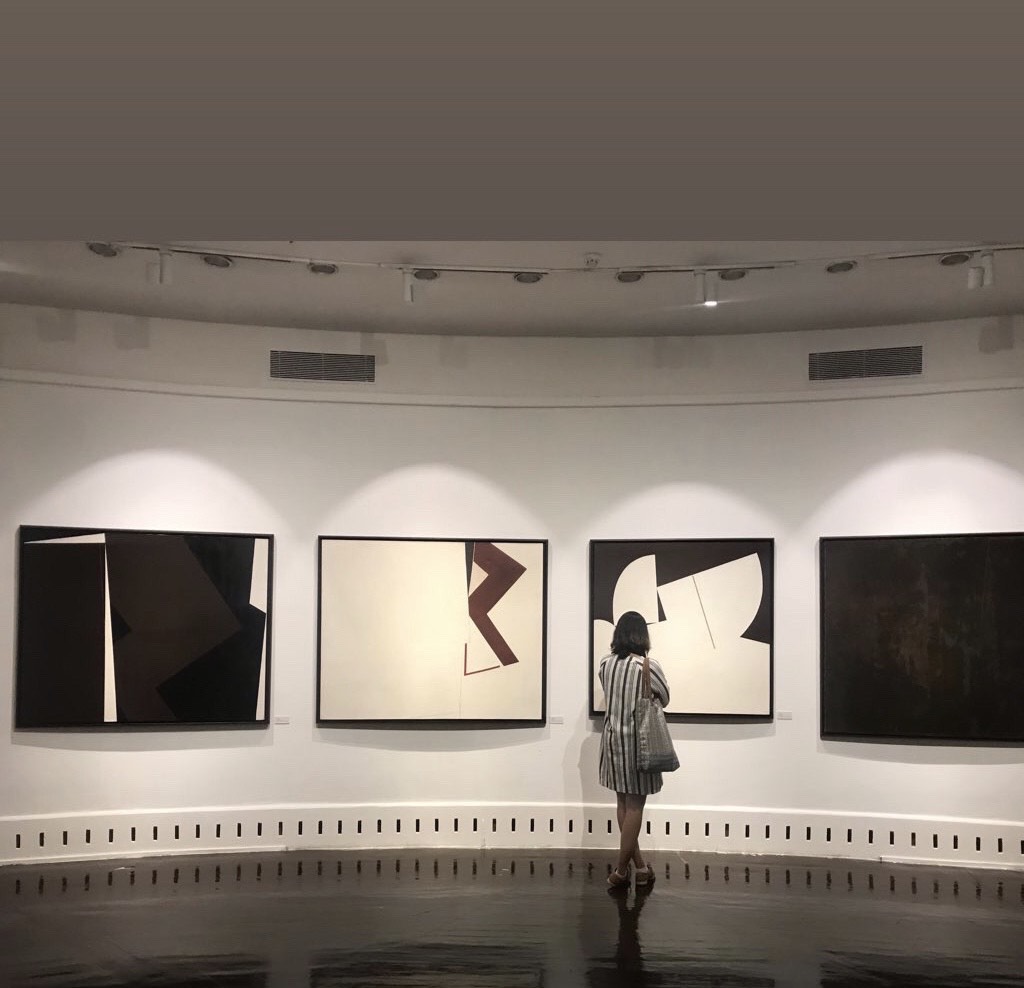
Last show before lockdown Mehlli Gobhai Retrospective at the NGMA. 2020.
I do believe nothing can replace the physical experience of viewing a piece of art but the truth is, today the first step to engaging an audience outside a screen is to first engage them through it.
– Shivani Sambhare
What were you working on when the lockdown was announced? How has it affected your plan?
The lockdown has pushed things, which were perhaps on the back burner, into high gear. Everyone talks about using online platforms more. Creating new ways of engagement or even creating virtual shows and selling art online. But with nowhere else to go, the lockdown has forced galleries and museums to consider these far more seriously. I don’t believe the physical experience of viewing a piece of art can be replaced. But the truth is, today the first step to engaging an audience outside a screen is to first engage them through it. In that sense, the lowdown has only reinforced my plans for the future and I’m excited to share that soon.
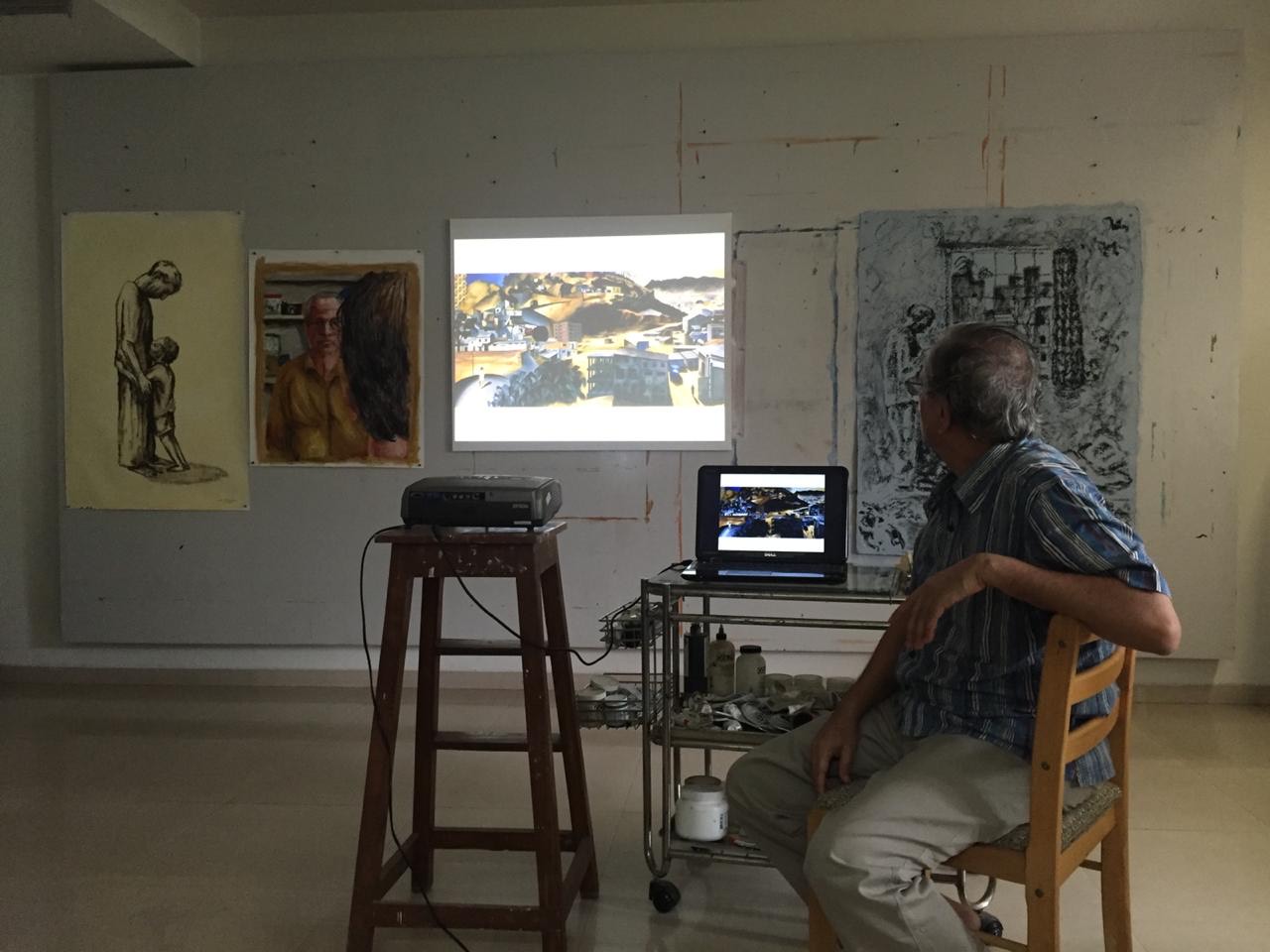
Visiting Sudhir Patwardhan in his studio. 2015.
What would elevate artists’ life during this period?
This period has been particularly hard on artists with shows, fairs and biennales being pushed ahead. Buyers are understandably shying away. In that context, ArtChainIndia and CarpeArte are two initiatives that have provided a lot of hope and support to the artist community. The teams at both these organisations have really become crusaders to help artists tide over this crisis.
What kind of critical inputs does the art world need at this moment to overcome the loss of income and opportunity as a direct result of the lock-downs worldwide?
Like every other industry, we will need a fair amount of innovation to tide over this period for the art world. The pandemic has forced culture professionals to let go of traditional rules for viewing, buying and selling art. More than ever, the choice of how to experience art is in the hands of the viewer. And now it’s up to the museums and galleries to be able to provide additional avenues in order for audiences to reach them. Whether or not they decide to monetise these avenues is something that can be considered.
Before you go – you might like to browse the Asian Curator curatorial archives . Contemporary art curators and international gallerists define their curatorial policies and share stories and insights about the inner runnings of the contemporary art world.












Add Comment